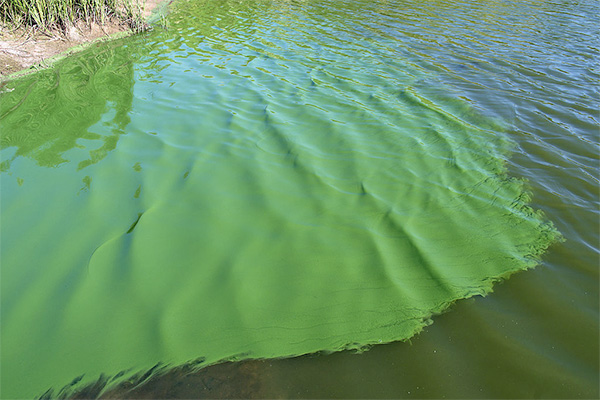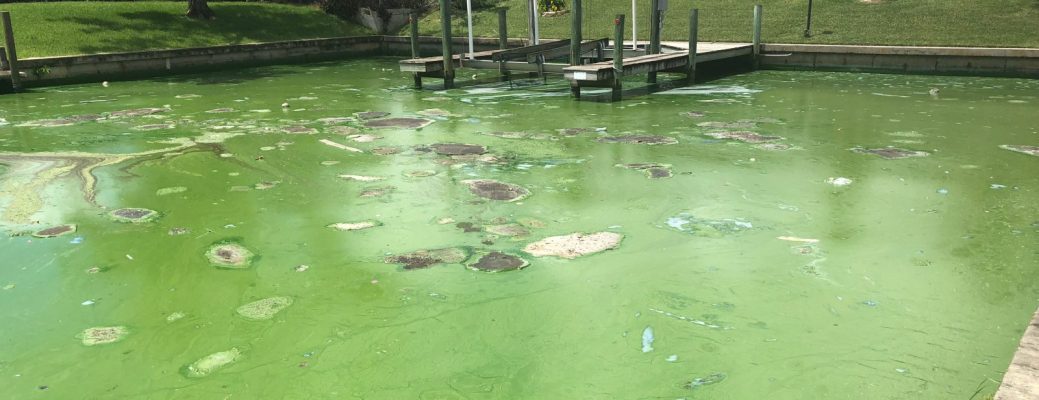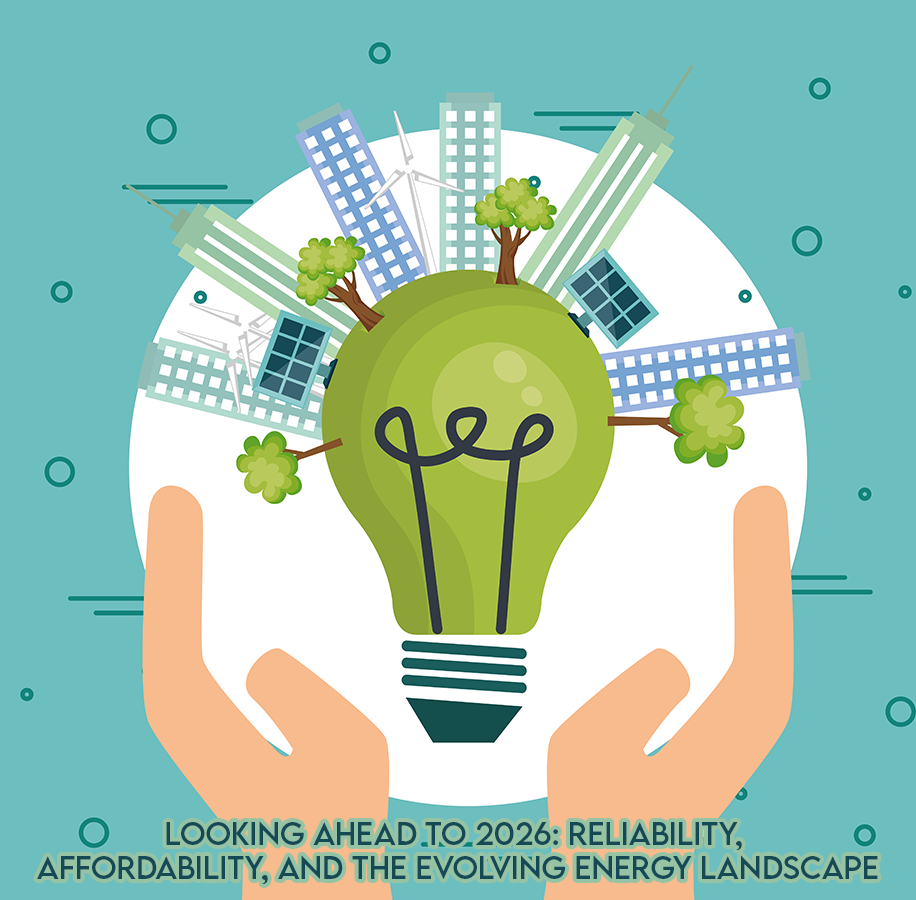
Navigating Social Media: How to Avoid the Pitfalls of FOMO and Legal Troubles
May 29, 2024
The Key Roles and Responsibilities of Effective HOA Board Members
May 29, 2024Toxic Water? When Community Ponds Can Become Deadly
Community ponds are often seen as serene and picturesque features that enhance the aesthetic and recreational value of neighborhoods. They provide habitats for wildlife, offer recreational opportunities, and serve as a focal point for communal gatherings. However, these tranquil waters can sometimes harbor unseen dangers that pose significant health risks to both humans and animals. Understanding the causes and prevention of toxic water in community ponds is crucial for maintaining a safe environment.
The Hidden Dangers in Community Ponds
While community ponds might look clean and inviting, they can become breeding grounds for various harmful substances and organisms. Here are some of the main culprits that can turn these ponds toxic:
Algal Blooms
- Cause: Excess nutrients, particularly nitrogen and phosphorus from fertilizers, stormwater runoff, and waste, can lead to the rapid growth of algae.
- Danger: Certain types of algae, like blue-green algae (cyanobacteria), produce toxins that can cause severe health issues such as liver damage, neurological problems, and skin irritations in humans and animals.
Chemical Contaminants
- Cause: Pesticides, herbicides, and other chemicals used in landscaping and agriculture can runoff into ponds during rains or irrigation.
- Danger: These chemicals can be toxic to aquatic life, and prolonged exposure can pose health risks to humans who come into contact with or ingest the contaminated water.


Bacterial Infections
- Cause: Waste from animals, septic system leakage, and stormwater runoff can introduce harmful bacteria such as E. coli and Salmonella into pond water.
- Danger: These bacteria can cause gastrointestinal illnesses, skin infections, and more serious health problems if ingested or if they come into contact with open wounds.
Heavy Metals and Industrial Pollutants
- Cause: Industrial activities, improper waste disposal, and urban runoff can lead to the accumulation of heavy metals like mercury, lead, and arsenic in pond sediments and water.
- Danger: Heavy metals are toxic to both aquatic life and humans, leading to long-term health issues, including developmental and neurological problems.
Signs of a Toxic Pond
It's important to recognize the signs that a pond may be hazardous:
- Unusual Odors: Foul or chemical smells emanating from the water.
- Discolored Water: Murky, green, or brightly colored water often indicates algal blooms.
- Dead Fish and Wildlife: Sudden die-offs of fish or other aquatic organisms.
- Visible Scum or Foam: Floating mats of algae or unusual foam on the water surface.
- Health Complaints: Reports of skin rashes, gastrointestinal issues, or respiratory problems among people who have been near the pond.
Preventive Measures and Solutions
Preventing community ponds from becoming toxic involves a combination of proactive management and community awareness. Here are some effective strategies:
Nutrient Management
- Reduce the use of fertilizers and pesticides near ponds.
- Implement buffer zones with native vegetation to filter runoff.
Regular Monitoring
- Conduct regular water quality tests to monitor nutrient levels, bacteria, and toxins.
- Check for and promptly address signs of contamination.


Aeration and Circulation
- Install aeration systems to improve water circulation and reduce the likelihood of algal blooms.
- Use fountains or water pumps to keep the water moving.
Public Education
- Educate the community about the impact of lawn care practices and waste disposal on water quality.
- Promote the proper disposal of chemicals and encourage eco-friendly landscaping.
Wildlife Management
- Manage the population of waterfowl and other animals to minimize waste entering the pond.
- Discourage the feeding of wildlife to prevent overpopulation and pollution.
Erosion Control
- Implement measures to control soil erosion, which can carry contaminants into the pond.
- Use silt fences, riprap, and other erosion control techniques.
Community ponds are valuable assets that can enhance the beauty and enjoyment of a neighborhood. However, they require careful management to prevent them from becoming toxic hazards. By understanding the causes of water contamination and implementing effective preventive measures, communities can ensure their ponds remain safe and healthy for everyone to enjoy. Remember, a proactive approach to pond maintenance not only protects public health but also preserves the natural beauty and ecological balance of these cherished communal spaces.




